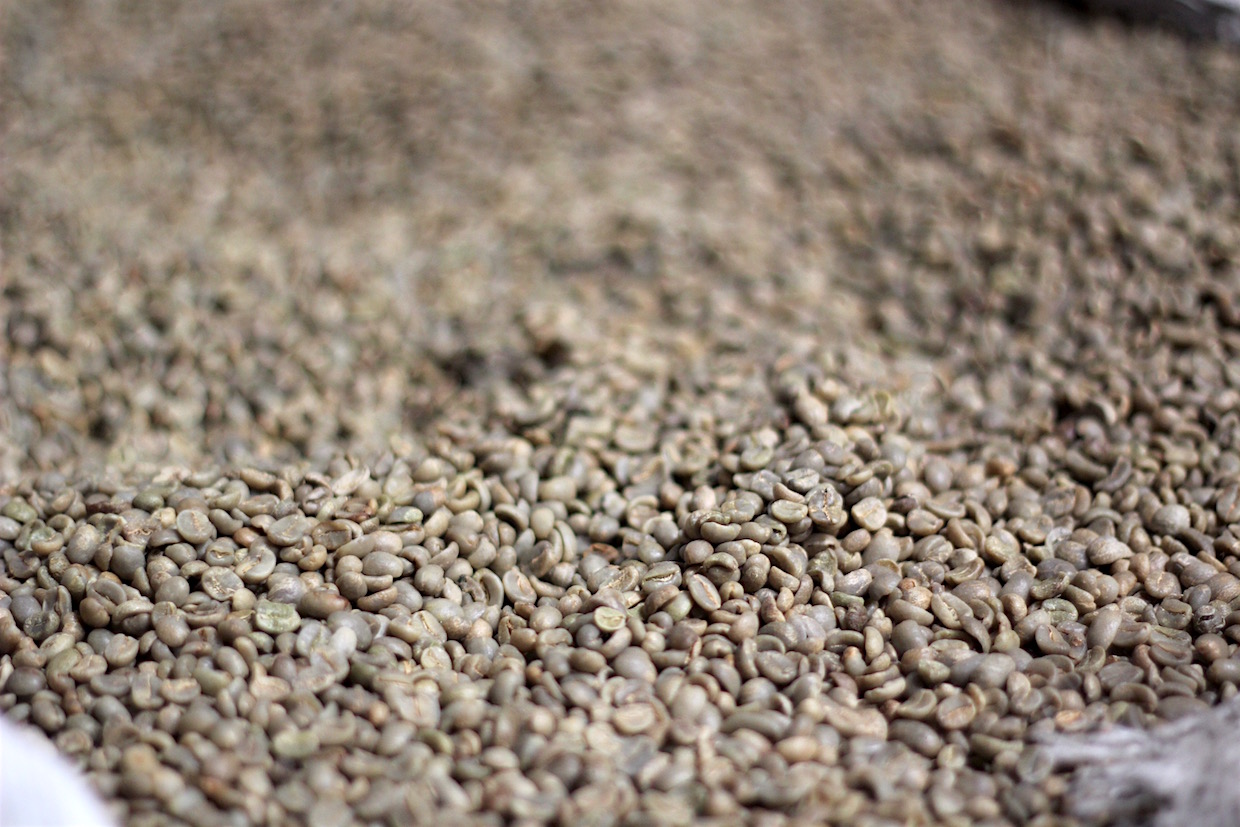Shopping Bag
0
- No products in the cart.

Despite the fact that coffee comes equipped with a natural insecticide (caffeine), it is still susceptible to sporadic insect infestation.Royal Coffee experienced a pest-related incident that affected thousands of pounds of green coffee over the summer of 2017. The treatment required freezing green coffee, and we thought to ourselves, as we are wont to do, “Why not turn this into an opportunity to experiment?
The Problem and The Solution
While insects present on the farm can and do affect the fruit, leaves, and roots of coffee trees, they are rarely encountered once coffees are exported. Importers and roasters are much more likely to encounter storage pests, such as beetles and flies. The most common treatment for storage pests is fumigation. It’s typically quick and effective, although it can void organic certification. It’s also just not pleasant-sounding, though not actually harmful in consumption.
Chemical-free alternatives exist, including oxygen deprivation and freezing. GrainPro, for example, offers various sizes of sealable solutions intended for this purpose. You can use a fan to evacuate air from your hermetically sealed tent, or simply wait until the supply of oxygen is depleted (usually a week or more). I’ve employed the latter method before and can testify to its effectiveness, though it requires a fair amount of space and time — resources that may not always be at your disposal.
In our case, the affected coffee was managed by an independent warehouse in a different part of the country. While we take delivery directly in Oakland for the majority of our shipments, we warehouse coffee by contract in Houston, Madison (Wisconsin), Seattle and Shanghai, and sometimes ship directly to these destinations. Such was the case with the affected containers last summer, all of which were isolated in just one of these locations.
At the insistence of the warehouse, we scheduled our buggy coffee to be sent to a third-party cold storage facility. The treatment would involve leaving the coffee for three to five days at temperatures between -2°F and -7°, with another few days to thaw.
The Investigation
Freezing the coffee would effectively solve our problem, but wouldn’t really answer our questions about why the containers were affected. Seven containers from six different countries on four distinct continents, all shipped to the same final destination separately, were affected by the very same insect, which was initially misidentified by the warehouse as Indianmeal Moths. It seemed strange to us and to our insurance adjuster, so we sent a private investigator to dig a little deeper before the treatment.
Their report shed some additional light on the situation. The insects were identified as psocids, known colloquially as booklice. Not actually lice, these tiny flying insects are far more interested in the paper container lining than the coffee or jute. This was a relief, to be sure, but it didn’t save the coffee from the freezer, which we ultimately were forced to accept — along with accompanying transit, storage, and treatment fees — as the solution.
Free Shipping On All Orders $200+ |
